How to import statsmodels in Python
How to import statsmodels in Python

Here's a comprehensive guide on how to import the statsmodels library in Python:
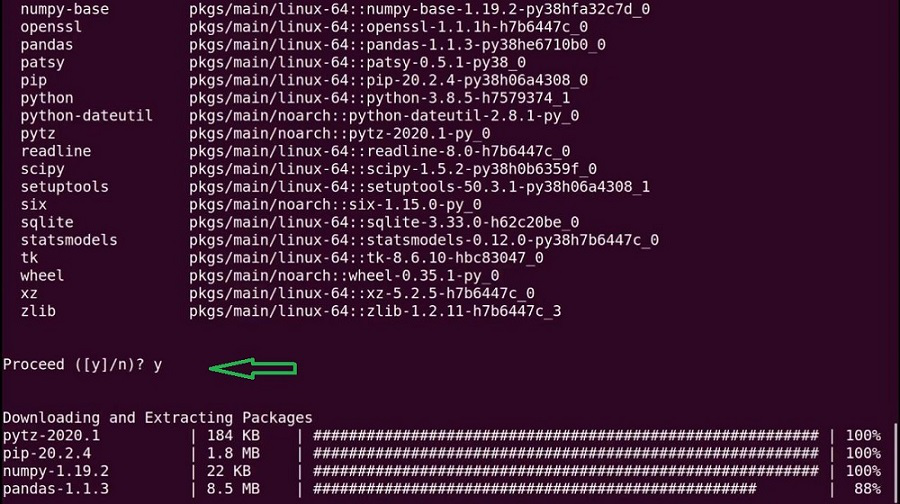
Why Import Statsmodels?
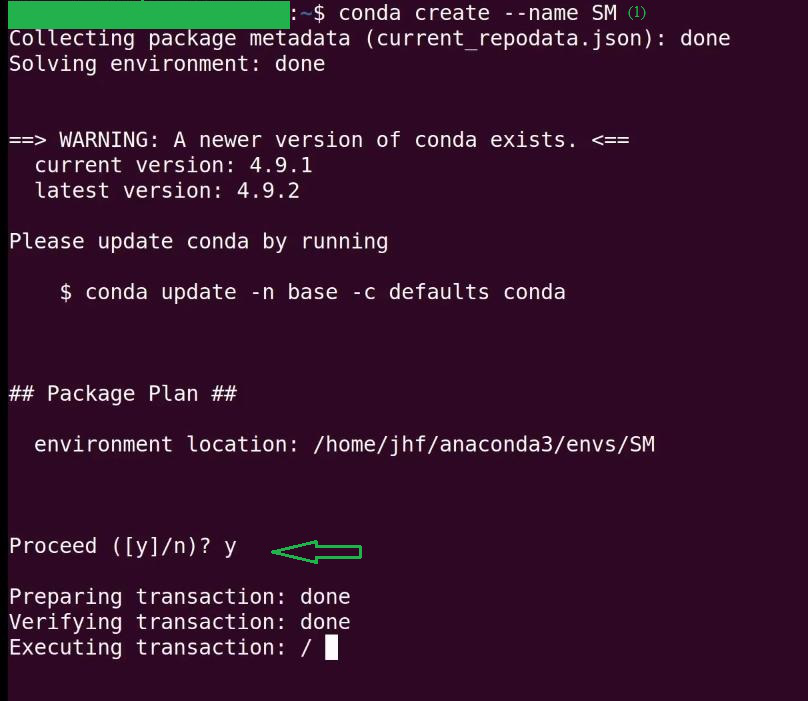
Statsmodels is an excellent Python library for statistical analysis and modeling. It provides a wide range of tools and techniques for analyzing and visualizing data, including regression analysis, hypothesis testing, time series analysis, and more.
To use the statsmodels library, you need to import it first. Here's how:
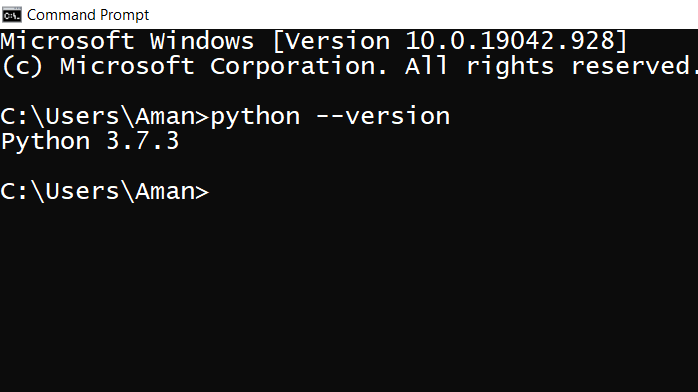
Importing Statsmodels
There are a few ways to import the statsmodels library in Python, depending on your specific needs and setup. Here are the most common methods:
Method 1: Install and Import from PipIf you don't have statsmodels installed yet, you can install it using pip:
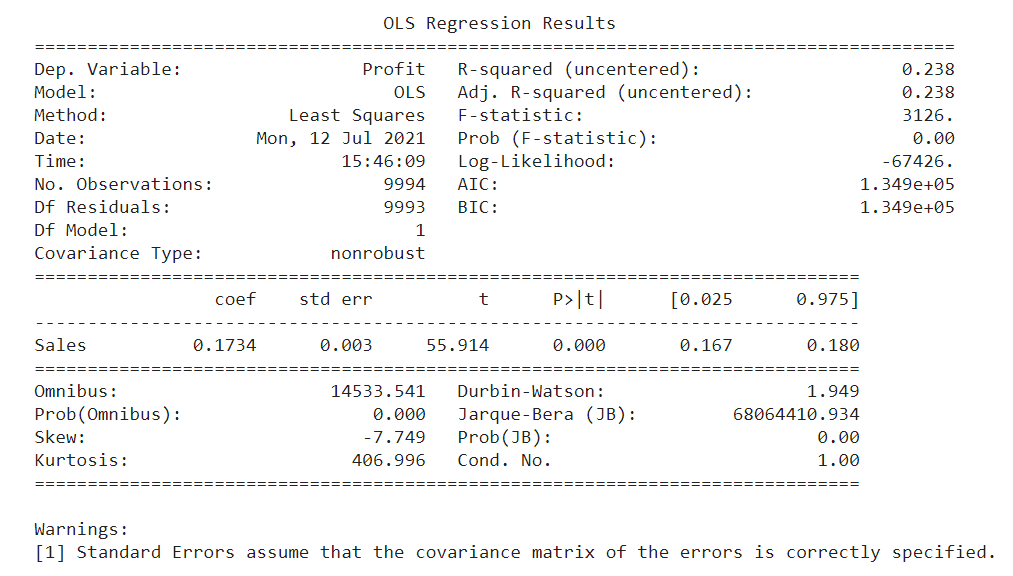
pip install statsmodels
Once installed, you can import the library like this:
import statsmodels.api as sm
This method is straightforward and easy to implement.
Method 2: Install from CondaIf you're working with a Jupyter notebook or Anaconda environment, you can install statsmodels using conda:
conda install -c anaconda statsmodels
Then, import the library like this:
import statsmodels.api as sm
This method is also easy to implement and provides more control over your environment.
Method 3: Install from SourceIf you want to get a bit more advanced, you can install statsmodels from source using Python's pip package manager. Here are the steps:
Clone the GitHub repository:git clone https://github.com/statsmodels/statsmodels.git Install the required dependencies: pip install -r requirements.txt (from the cloned repository) Install statsmodels: python setup.py install
Once installed, you can import the library like this:
import statsmodels.api as sm
This method provides more control over the installation process and is suitable for advanced users or developers.
Tips and Tricks
Here are some additional tips to keep in mind when working with statsmodels:
Make sure you have the necessary dependencies installed, including NumPy, SciPy, and Pandas. Statsmodels uses a specific syntax and notation, so it's essential to familiarize yourself with its API and documentation. The library provides extensive examples and tutorials, so take advantage of these resources to learn more.By following these methods and tips, you'll be well on your way to importing the statsmodels library in Python and performing statistical analysis like a pro!
What is the difference between Scipy and statsmodels in Python?
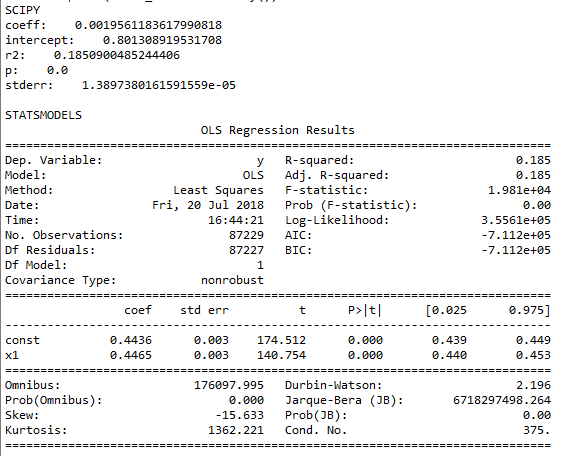
Scipy and Statsmodels are two popular libraries in Python for statistical computing and data analysis. While they share some similarities, they have distinct differences in their scope, functionality, and intended use cases.
Scipy (Scientific Python) is a comprehensive library for scientific and engineering applications. It provides functions for scientific and engineering applications such as:
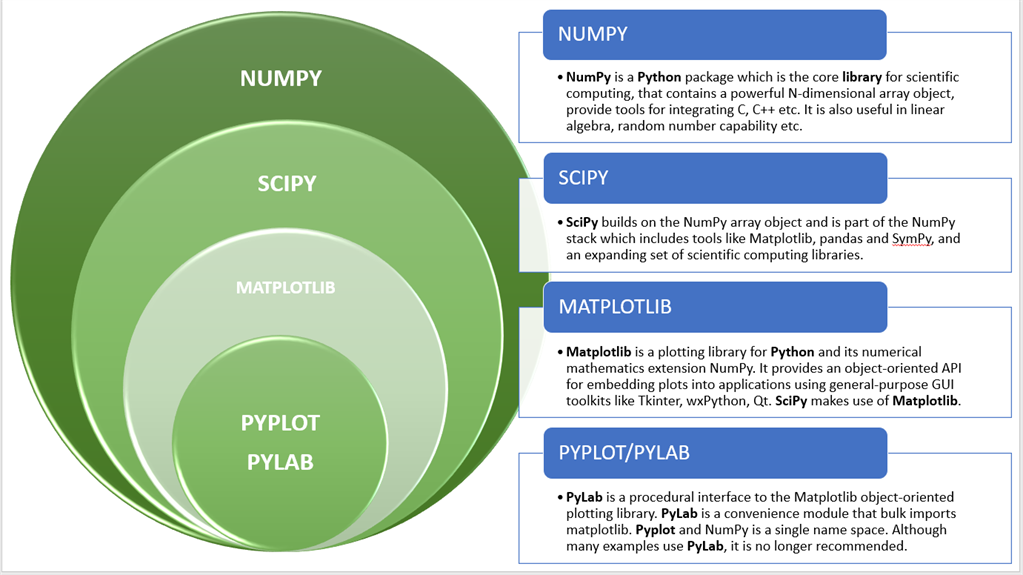
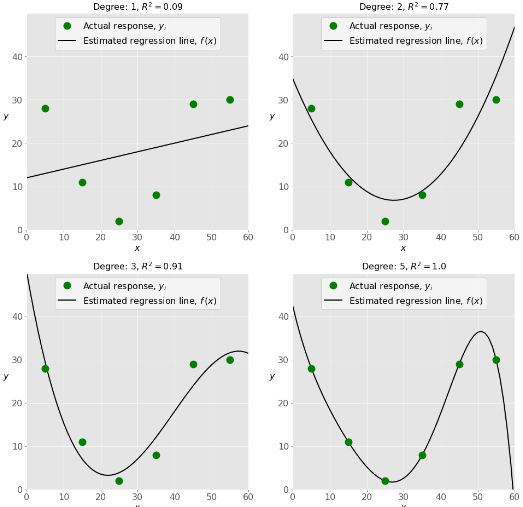
Statsmodels, on the other hand, is a Python library for statistical modeling and analysis. It builds upon NumPy and SciPy and provides an extensive set of functions for statistical tasks such as:
Linear regression: Statsmodels supports linear regression models with various specifications (OLS, Bayesian) and diagnostics. Time series analysis: Statsmodels includes tools for time series decomposition, spectral analysis, and statistical modeling. Generalized linear models: Statsmodels provides functions for generalized linear models like logistic regression, Poisson regression, and probit regression. Non-parametric statistics: Statsmodels offers various non-parametric tests (Wilcoxon rank-sum test, sign test) and statistical methods.Key differences between Scipy and Statsmodels:
Scope: Scipy is a more general-purpose library with a broader range of scientific and engineering applications. Statsmodels is primarily focused on statistical modeling and analysis. Statistics focus: While both libraries provide some statistical functions, Statsmodels has a much stronger emphasis on statistical modeling and analysis. Mathematical rigor: Statsmodels is designed to work seamlessly with Scipy and other statistical tools in Python, providing more mathematical rigor and theoretical foundations for statistical analysis. User interface: Scipy's API is generally more low-level and requires users to have some mathematical background. Statsmodels has a higher-level API that provides easier access to statistical functions and methods.In summary, if you need general-purpose scientific computing, optimization, integration, signal processing, or other non-statistical applications, Scipy might be the better choice. For statistical modeling, time series analysis, linear regression, generalized linear models, or non-parametric statistics, Statsmodels is a more specialized library that provides a comprehensive set of tools for data analysis and modeling.
References:
SciPy Documentation: https://docs.scipy.org/doc/scipy/ Statsmodels Documentation: https://www.statsmodels.org/stable/




























